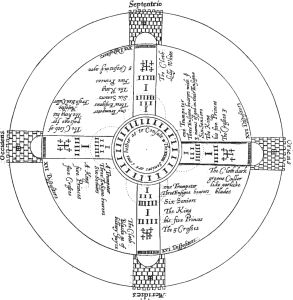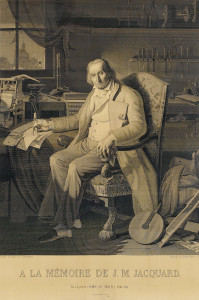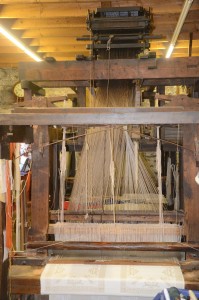Living in the Tarot
I have spent the last fifteen months living in the Tarot. By that I mean that almost every conscious moment when my brain wasn’t fully occupied with other tasks has been spent with the Tarot – either making cards, writing about the cards, or listening to the chatter in my head.…




